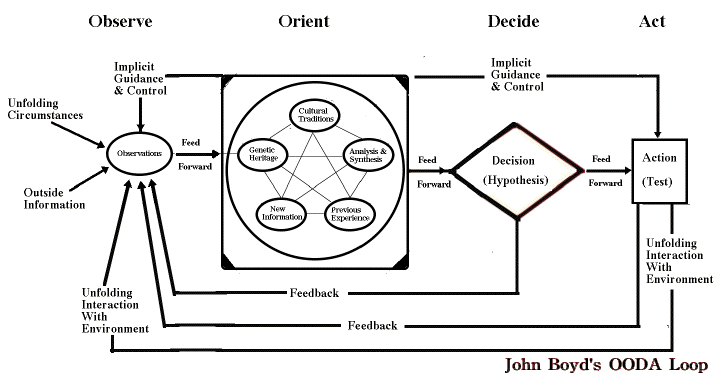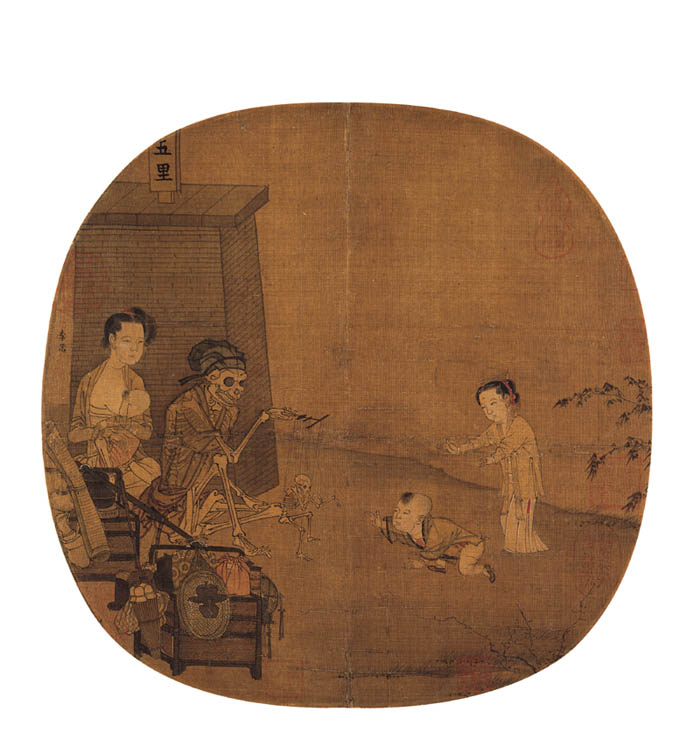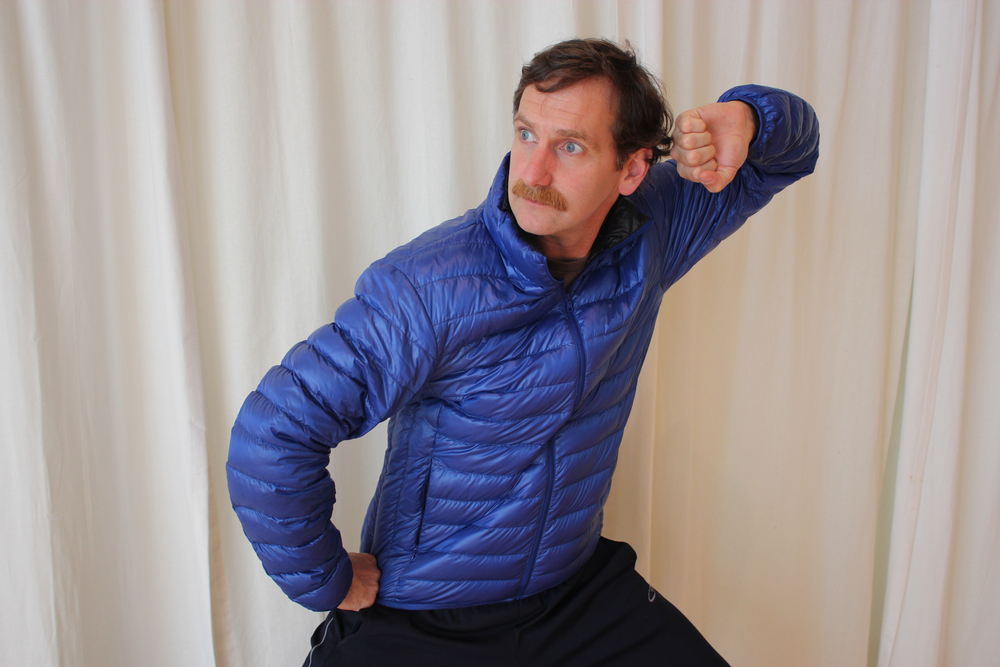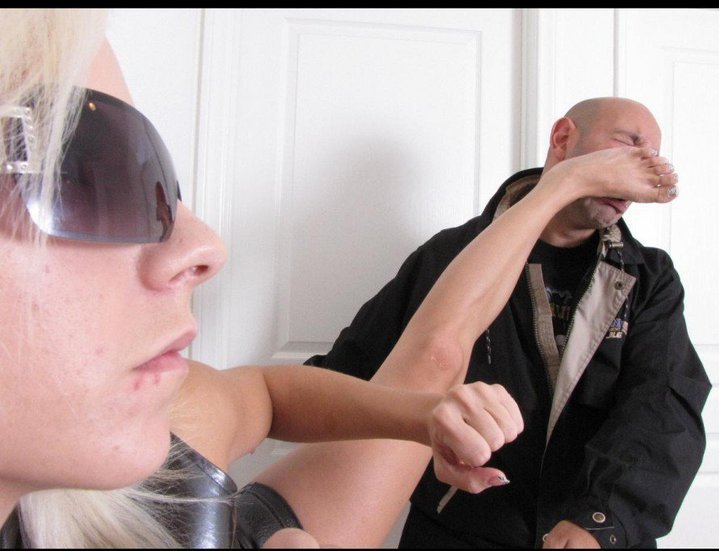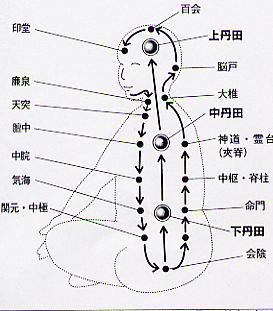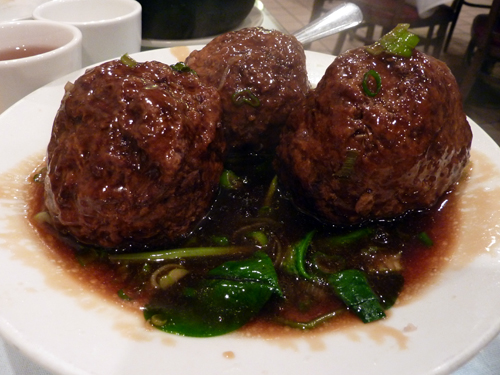From about the age of two, we start carrying things around. These are our things. These things are somewhat like the 150 or so people we recognize as our group, and the much smaller bunch of people we call family and friends. Belonging is not the same thing as owning, but it takes up space in our body memory in a similar way. We carry these identity objects around with us. I know what books I have on my shelf even when I’m a thousand miles away. When I go backpacking I know that I’m carrying 42 things and I know exactly where each of them is.
This stuff we carry around is the stuff of our identity. Likewise we learn ways of walking that match up with the groups we belong to. We learn ways of holding our head that communicate who we are and our status within these groups. Identity changes when it is confronted by reality. Sometimes it changes fluidly, sometimes it is very resistant to change.
Our place in a family seems stable, and may in fact be stable for a very long time, but it is what it is because we agree that it is. It can be disturbed. Certainly the things we own can come and go, some things much more easily than others.
Identity floats on the edge of the unconscious.
Cosmology is similar to identity. In its simplest form it is just the world around us. In reality we only see a very small field of our vision in focus, we only feel contact on our skin, but our mind imagines a much bigger field in focus and sensory awareness all of the time. The feeling of the world around us is a very strong feeling.
I’m sitting in a cafe right now looking out the window, but I have a strong feeling sense of where the espresso machine is behind me, also where the bathroom door is and how many tables are in the corner. Now it is entirely possible that someone just moved the tables (I’m wearing ear plugs) or stole the espresso machine, and if I were to turn around right now and see those things gone it would be a shock (Don’t worry, I just checked and they are all still there.) This kind of cosmological presence is entirely in my mind, yet it is somehow stored in my body. I can very clearly imagine the feeling in my body of walking up the carpeted stairs in the three story house I grew up in, I can even remember the feeling of wrestling on and rolling down those stairs. If I were to go visit that house and find that it had been torn down I would still have these feelings.
 The sun and the moon both move “across” the sky. Our feeling of the sky is the beginnings of cosmological awareness. The word “across” is in fact a pretty vague concept, but we all know what it means. That’s cosmology. At some point we learn or we envision that the sun and the moon go around the earth. And then we learn that the earth is actually spinning and that while it is spinning around itself it is also spinning around the sun, and that the sun is spinning around the universe and that the universe is expanding.
The sun and the moon both move “across” the sky. Our feeling of the sky is the beginnings of cosmological awareness. The word “across” is in fact a pretty vague concept, but we all know what it means. That’s cosmology. At some point we learn or we envision that the sun and the moon go around the earth. And then we learn that the earth is actually spinning and that while it is spinning around itself it is also spinning around the sun, and that the sun is spinning around the universe and that the universe is expanding.
Cosmology also floats on the edge of the unconscious.
Identity and cosmology often overlap. For instance, part of what we think we know about muscles is cosmology, part of it is identity. Part of the concept “muscles” is found in how our body feels, part of it is the way we feel emotionally about our bodies, and part of it is how we understand muscles to function in relationship to movement. Each of these experiences has a kind of built on top of, interwoven layered quality. It is part identity, and part cosmology. We pick up part of this “muscles” concept and carry it around as an aspect of identity, it has changed a few times since we first picked it up at around age four. Our cosmological notion of muscle functionality has also been changing with the accumulation of knowledge and experience.
Identity and cosmology are both vulnerable to reality. They can be altered, torn down, shocked, disturbed, wrangled, bolstered, tested, and abandoned.
I bring all this to my reader’s attention because I want to say something about the roles of teacher and student.
In the professional dance world, a complement teachers would bandy about fairly regularly was, “I like the way you take correction.” This complement signified that the dance student was receptive to changes. Perhaps it also signified a degree of fluidity in identity and cosmology.
My job as a martial arts teacher is to identify the student’s problem, and then to state, demonstrate, or show him or her what is right and what is wrong. 9 times out of 10 this will challenge the identity of the student to some degree.
The student’s job in this identity challenging situation is to understand why a particular attribute or action is correct and why another is incorrect. It is not usually the student’s responsibility to fix the problem on the spot, but rather to recognize the quality or attribute in question.
Another part of my job as a teacher is to keep changing metaphors, descriptions and activities until the student sees or feels something new. 9 times out of 10 this is a challenge to cosmology.
The student’s job is to appropriate this new cosmological “idea” or “experience” into his or her daily practice. That generally involves some kind of perceptual shift, which, with practice, becomes a new way of being.
Change can be fun and/or scary or subtle and/or unconscious. I suppose that sometimes identity and cosmology shift in gradual ways and other times they make quantum leaps. I suspect that it is a teacher’s sensitivity to the process of these changes that makes him or her a good teacher. As Keith Johnstone put it: Teaching is not a substance, of which a little bit is good and a lot is better--bad teaching is deeply harmful!
put it: Teaching is not a substance, of which a little bit is good and a lot is better--bad teaching is deeply harmful!
Identity and cosmology (this is from Daoism now) are illusions maintained by effort. That effort requires energy from food and the (original qi) stuff we have stored deep in our kidneys. When we weaken ourselves carefully, we automatically put less effort into identity and cosmology making them slightly more vulnerable to softening and flexibility. But of course becoming too weak too suddenly can cause a sudden collapse of identity or cosmology leading to a kind of snap back, effectively strengthening our perceptions of self and world. We evolved this way because it was good for survival. For instance, when we have a close shave with death, the moment we are safe our bodies release hormones in our blood which cause us to feel strong family-like bonds with whoever we happens to be with, changing our identity to improve our survival.
In case you are wondering, there is a short cut to all of this. It is to become completely empty in totally undifferentiated chaos. That, by the way, is what the name Tai Chi actually means.
 backwards complexityI went to the Natural History Museum in Salt Lake City last week. The sandals and shoes of native Americans caught my eye because there was an exhibit of backwards complexity, the oldest shoes 1500 BP (Before Present) were the most intricate and developed while the 500 BP ones were kind of shabby. There were also some 1600 BP boots that had been re-produced to look like a sweet pair of waterproof Uggs.
backwards complexityI went to the Natural History Museum in Salt Lake City last week. The sandals and shoes of native Americans caught my eye because there was an exhibit of backwards complexity, the oldest shoes 1500 BP (Before Present) were the most intricate and developed while the 500 BP ones were kind of shabby. There were also some 1600 BP boots that had been re-produced to look like a sweet pair of waterproof Uggs.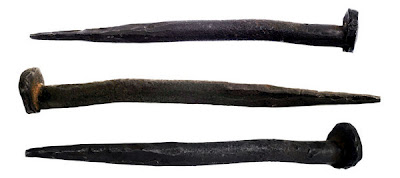 Again, the video is shocking because it is so obvious, now. But there must have been a generation for whom it was not obvious.
Again, the video is shocking because it is so obvious, now. But there must have been a generation for whom it was not obvious.
